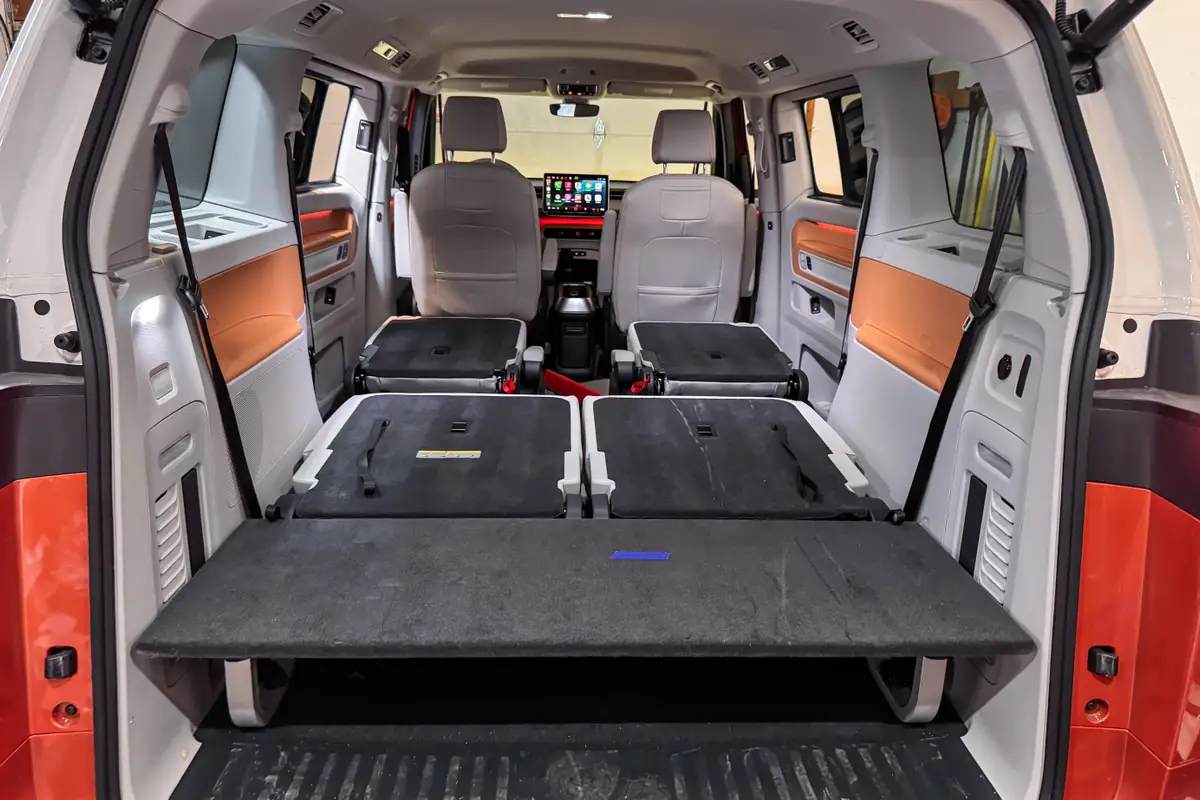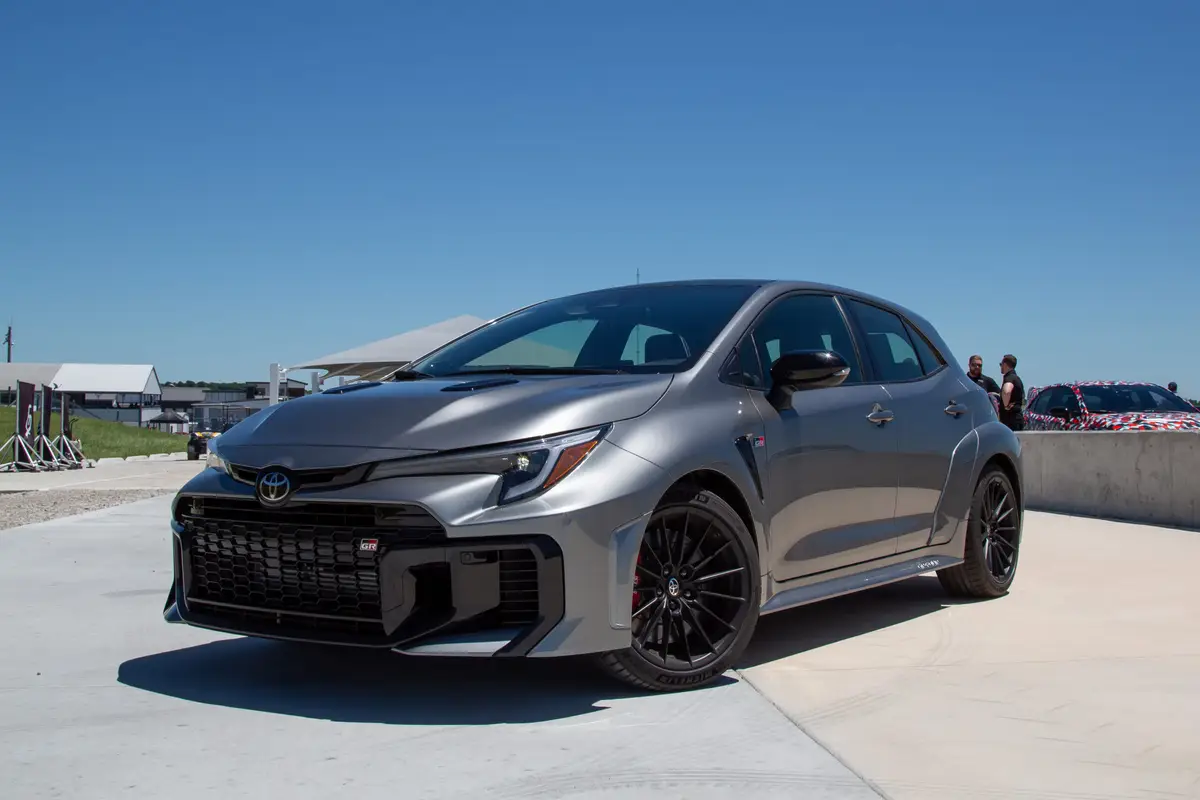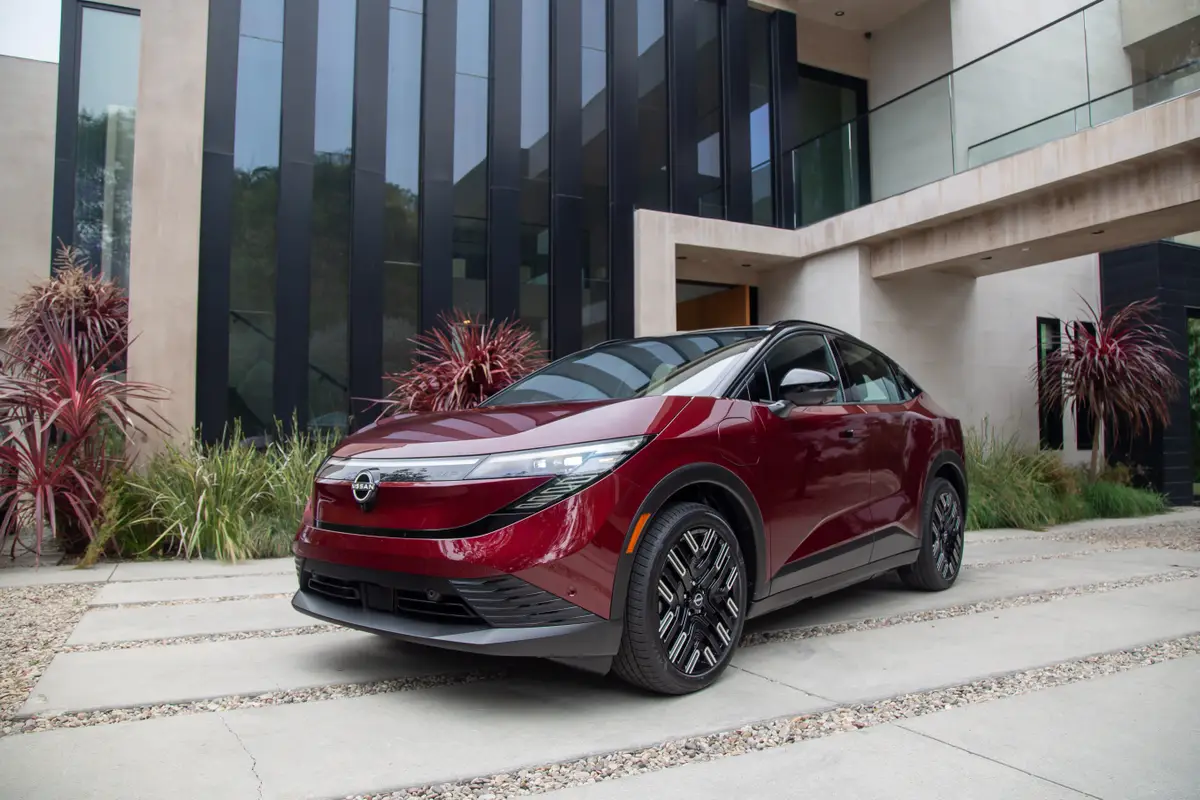Top 10 Most-Improved Cars from the Past 15 Years

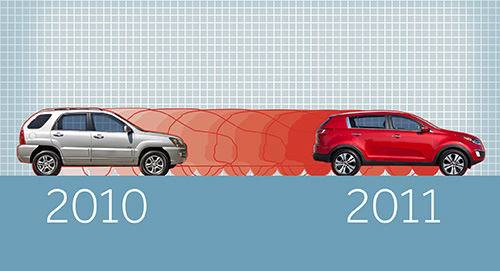
If you read our series on the business of redesigns, you know that reimagining a car from the ground up can be a billion-dollar feat to implement the industry’s latest technology, keep up with ever-improving competition and ultimately (hopefully) increase sales. They usually do just that: In Cars.com’s analysis of 61 redesigns from 2009 to 2012, sales for the average remake saw an increase of 32.6% in the months following.
Why? Just look at their predecessors. Some undertakings replace a onetime star that lingered well past its freshness date (see the Volkswagen New Beetle), while others are the successor to a product doomed from the get-go (see the Dodge Caliber). Whatever you call it, the most improved overhauls can sometimes create butterflies out of automotive caterpillars. An important note: Sometimes the changes go beyond just interiors and drivetrains, and sometimes the car being replaced was so poor that the automaker gave the new version an all-new name.
The last time we named the most-improved cars, we considered models that showed progress through successive generations in the 2000s. This time, our editors nominated the most improved single redesigns from the past 15 years.
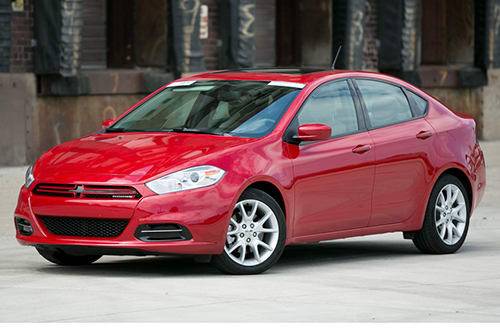
1. 2013 Dodge Dart
Chrysler’s Dodge division resurrected a decades-old nameplate in the Dart, and that choice was probably a good one. The Caliber, a hatchback whose homely styling, crude interior and clumsy road manners served as a snapshot of Chrysler’s quality woes of the time, needed banishing in every way. Redemption came via this svelte compact. It looked better, and it drove better. Comparing their interior quality is like comparing the beaches in Cancun to the beaches in Hades. With its new turbo four-cylinder, the Dart beat any Caliber by 4 to 8 mpg in EPA combined ratings. While transmission issues and a competitive sales environment have been issues for it, in almost every regard the Dart is light-years ahead of its low-Caliber predecessor.
Find this car near you
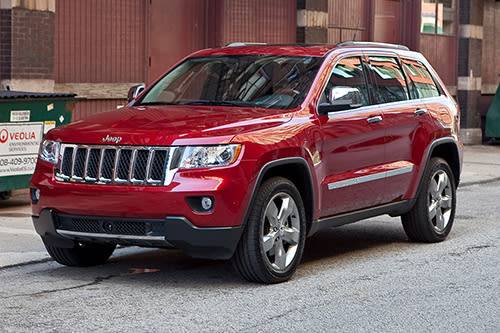
2. 2011 Jeep Grand Cherokee
When Chrysler redesigned the popular Grand Cherokee, the results showcased the potential for Detroit’s smallest automaker. It wasn’t that the 2005-2010 Grand Cherokee was terrible; its mid-teens EPA gas mileage compared to truck-based SUVs of its day, and its off-road chops did the Jeep badge proud. But this redesign blew the doors off. A handsome cabin replaced truck-like confines, and ride quality charted night-versus-day improvement over the outgoing SUV’s solid-axle clumsiness. Sales ballooned: Chrysler sold more than twice as many Grand Cherokees in the first half of 2011 than it did over the same period in 2010. And the 2014 Grand Cherokee won Cars.com’s $38,000 Midsize SUV Challenge.
Find this car near you
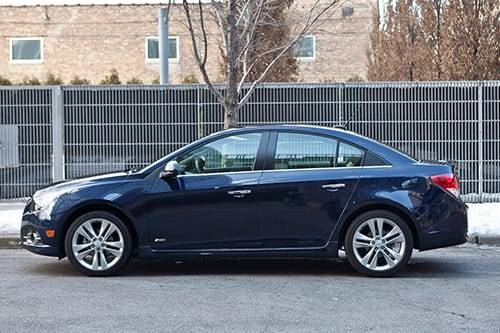
3. 2011 Chevrolet Cruze
GM’s product renaissance tackled compact cars with the global Chevrolet Cruze, which got impressive quietness, a roomy cabin and nimble steering, all qualities lacked by its predecessor, the 2005-2010 Chevy Cobalt. When it came to small cars, the Cobalt extended GM’s butt-of-all-jokes status past the Cavalier, a car of equal ineptitude. The Cobalt was barely competitive in 2005; its successor is still compelling, more than three years after it arrived. Not since its now-shuttered Saturn division has GM made competitive small cars, and that was in the early 1990s.
Find this car near you
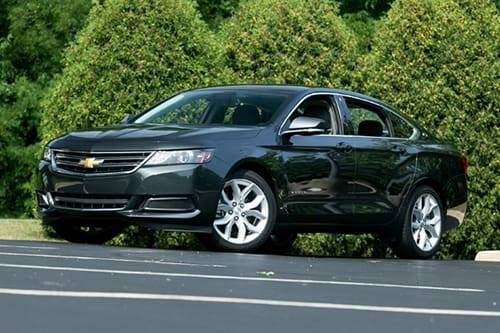
4. 2014 Chevrolet Impala
Destined for fleet sales as soon as it arrived, the old Impala had “rental-car personality,” editor Mike Hanley quipped in his review of GM’s full-size sedan. What a difference an overhaul makes: Its successor walked away from the competition in our $38,000 Full-Size Sedan Challenge. The new Impala hits the sweet spot between ride and handling, with the balance of a smaller car but the comfort of a big sedan. The two cars share the Cadillac-derived 3.6-liter V-6, which gave even the last Impala potent acceleration. Cabbies and cops appreciate it, but there’s little else to like about the old car. Thanks to its successor, a storied nameplate has roared back.
Find this car near you
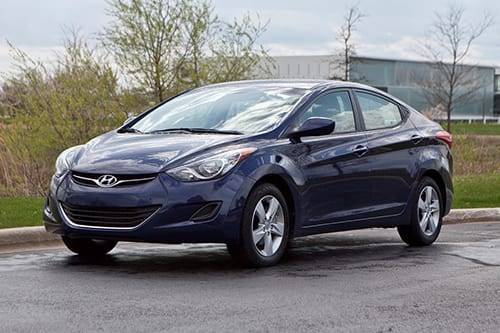
5. 2011 Hyundai Elantra
Like the Grand Cherokee, the Elantra isn’t a case of the old car being a dog. In its outgoing year, the 2007-10 Elantra earned a decent 29 mpg in EPA combined gas mileage and good crash ratings from the Insurance Institute for Highway Safety. But uninspired styling, poor highway composure and a tight backseat limited its appeal. The redesigned 2011 Elantra made strides on all three fronts, even winning Cars.com’s Under 20/Over 35 comparison against rival redesigns like the Honda Civic and Ford Focus. The Elantra was a homerun to begin with, and even after a snafu over fuel-economy ratings, which docked EPA mileage by 1 to 2 mpg, it remains a standing triple.
Find this car near you

6. 2012 Chevrolet Sonic
If the Sonic exceeded expectations, it’s because GM’s reputation for quality subcompacts was somewhere between bad and awful. For that you can blame the Aveo, a subcompact high on frills but low on crash-test ratings, drivability, interior quality and fuel efficiency. The Sonic improved on the Aveo’s problematic crash-test ratings. It competed on fuel efficiency. Most importantly, it met a key tenet for any good subcompact: Drive like a bigger car. Refinement doesn’t come easily among entry-level cars, but the Sonic hits the nail on the head — and it’s a seismic improvement over the Aveo.
Find this car near you
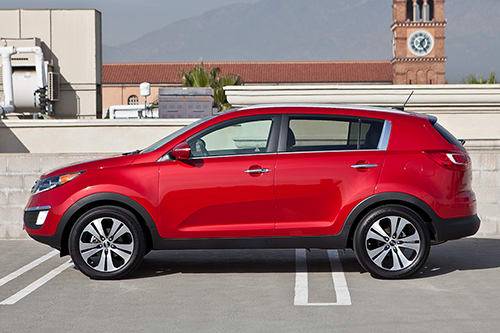
7. 2011 Kia Sportage
Kia’s smallest SUV went through a metamorphosis in the 2000s, emerging after a three-year break from a truck-based SUV into a car-based crossover for 2005. But it was the car’s 2011 redesign, which banished the 2000s-era cute-ute design for chiseled lines, that really stole the show. Drivability improvements and an inviting cabin solidified Kia’s entry, as did an optional turbo four-cylinder that blew away the prior Sportage’s thirsty V-6. Sales have yet to challenge segment leaders, in part because Hyundai, Kia’s parent company, builds a sibling model in the Tucson, but the Sportage gets a much-improved award. The outgoing model wasn’t bad (in fact, it won a spot among our Most Improved Cars of the 2000s) but the 2011 was far better.
Find this car near you
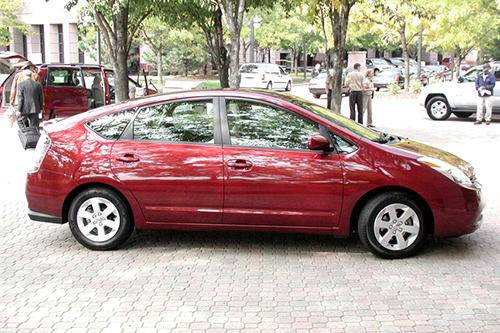
8. 2004 Toyota Prius
The 2004 Prius was a car ahead of its time, a hybrid hatchback whose combined 46 mpg (by today’s EPA standards) would impress today’s shoppers. That mileage came in handy when gas prices eclipsed $3 a gallon in summer 2006 and through much of 2007, and it was downright essential when they broke $4 a gallon in summer 2008. The most incredible thing? The ’04 Prius beat its predecessor, a cribbed-from-Japan hybrid sedan that went on sale in mid-2000, by a significant 5 mpg in combined EPA ratings. That was a bigger leap than Toyota accomplished with the third-gen 2010 Prius. The car’s drivability improvements cemented its appeal, shedding some of its science-project quirks for the trappings of a real car. Pop culture has lampooned the Prius aplenty, but the iconic second generation cemented Toyota’s image as a green automaker.
Find this car near you
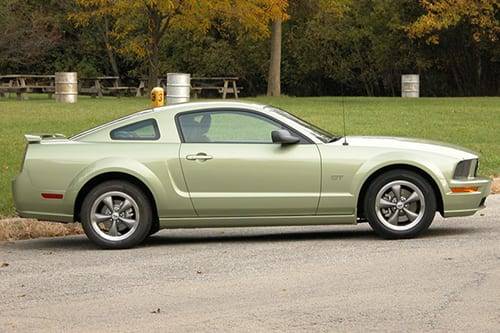
9. 2005 Ford Mustang
With looks plucked from the 1964.5 original, the fifth-generation Mustang culminated a wave of retro styling that led to everything from the Volkswagen New Beetle to the Chrysler PT Cruiser. The new Mustang boasted a brash V-8 option, a retro twin-cowl dashboard and an available Shaker stereo that blasted an impossible 1,000 watts. Ford broke 160,000 Mustang sales in 2005 and 2006, a pace it had not seen since 2001 — about halfway through the fourth generation’s interminable 1994-2004 tenure. That Mustang was an ergonomic disaster of uncomfortable seats, misplaced shifters and mediocre drivetrains. Thank you, Ford.
Find this car near you
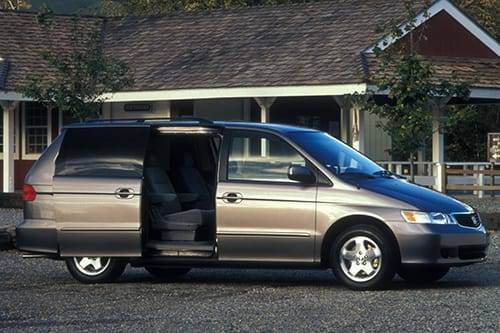
10. 1999 Honda Odyssey
The 1999 Odyssey brought Honda into the minivan big leagues, replacing an undersized, wagon-like model from overseas. The original version had swinging doors instead of sliders and a shorter, skinnier profile than rival people haulers; it also had the Accord’s undersized four-cylinder engine, which didn’t cut the mustard when half the soccer team was aboard. Enter the ’99 version, with its big V-6 and cargo space aplenty. It was more than a foot longer and ranked, at the time, as Honda’s largest car. It was so good that it made runner-up to the prestigious 1999 North American Car of the Year, a list that since then has included zero minivans.
Find this car near you
Related
Most Improved Cars of the 2000s
Top 10 Worst Auto Industry Names
More Top 10s

Former Assistant Managing Editor-News Kelsey Mays likes quality, reliability, safety and practicality. But he also likes a fair price.
Featured stories
